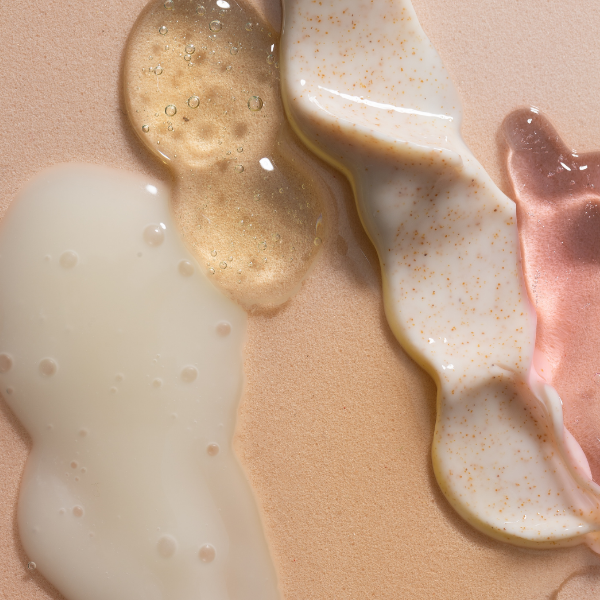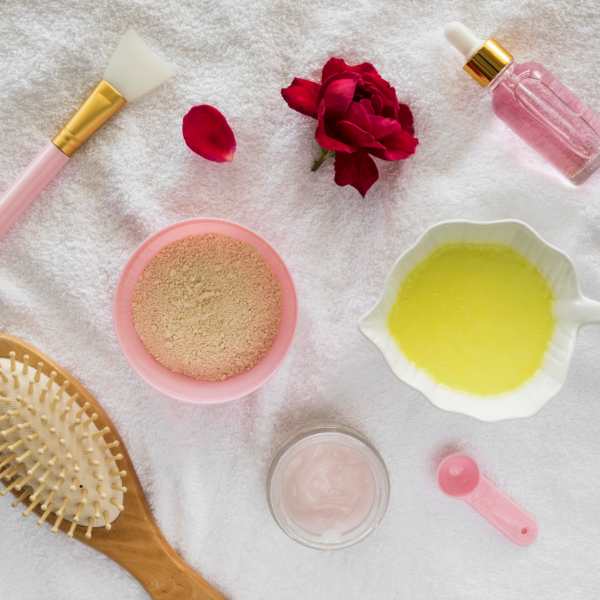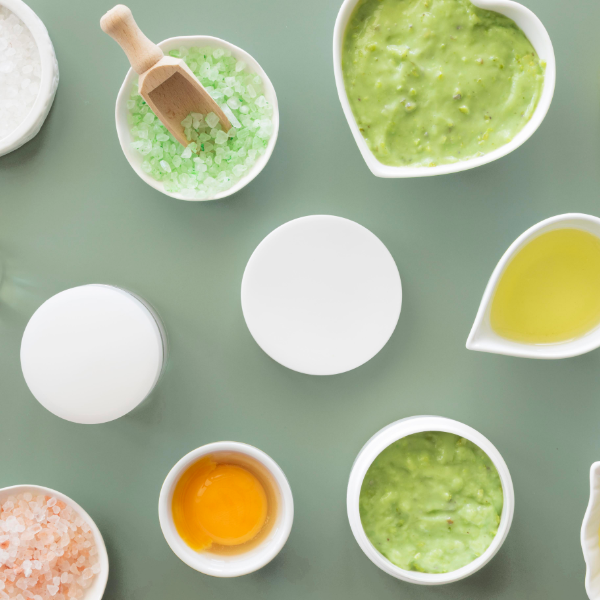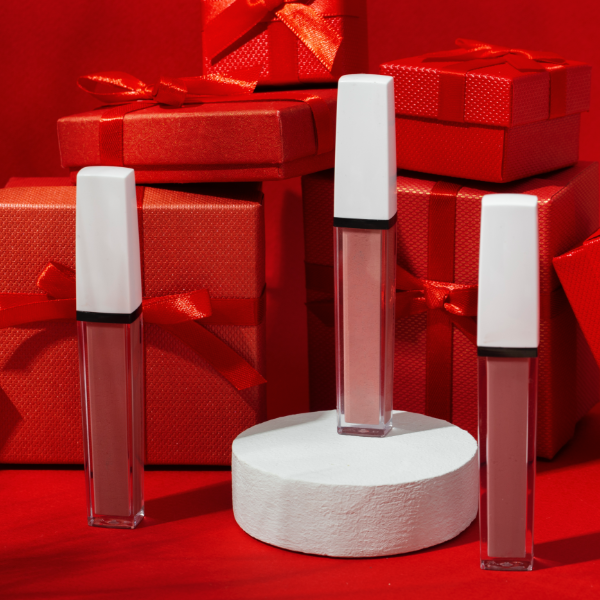Crafting Luxurious Cream Textures: The Science and Strategy Behind Skincare That Sells
Let’s stir up some magic in the lab today and dive straight into the art and science of emulsion design in cosmetic formulation. This article will tackle the complex topic of creating luxury cream textures that captivate consumers and elevate your skincare brand!
In 2025, texture isn’t just a sensory feature anymore, it’s your brand’s silent signature. That first glide across the skin is a promise: of hydration, of comfort, of efficacy, of luxury. A silky, airy, whipped cream feels indulgent. A soft-matte emulsion signals clarity and control. Texture speaks before any marketing claim is ever read. And it can be the difference between a one-time try and lifelong loyalty.
So, what makes a cream feel truly luxurious? And how can indie brands and professional formulators intentionally design textures that perform, sell, and get remembered? Let’s unpack the science, emotion, and strategy behind next-generation cream textures.
Why Skin Feel Is More Than Just Luxury
Texture equals experience. And in a saturated market, experience is everything. The top reason customers repurchase skincare is often not just results, but how it feels. A well-formulated cream communicates trust, quality, and brand positioning. It elevates your product, regardless of price point.
A heavy, greasy cream or one that pills under makeup contradicts every clean, clinical, or luxury message your branding might try to convey. But a soft, silky cream that glides like a second skin? That builds credibility and keeps customers coming back.
Texture Is Strategic, Not Just Sensory
Think of texture as your product’s non-verbal pitch. Before scent, before absorption, before active results, texture is what the customer engages with.
Different textures tell different stories:
- A cloud cream evokes softness, barrier support, and comfort.
- A whipped mousse suggests indulgence and richness.
- A soft-matte finish speaks to oil control and modern minimalism.
- A skin-mimicking emulsion implies clinical performance and fast absorption.
And in an era where TikTok and Instagram drive skincare discovery, visually satisfying and tactically indulgent textures are not just desirable, they are marketable.
Consumer texture expectations can also vary by demographic. Younger consumers may prefer water-light gels or cloud creams that feel weightless and modern, while mature audiences often look for richer textures that support the skin barrier and provide an instant plumping effect. Even region matters: Asian markets often favour quick-absorbing milky emulsions, while Northern Europe leans toward thicker balms for dry winter skin. Aligning your texture not just with trends but with your target market’s tactile preferences is key to sustained traction.
The Science of Emulsion Design in Cosmetic Formulation
So what actually creates that magic-in-a-jar feeling? It’s not about expensive oils or trendy actives. It’s about structure. Here are the core formulation factors that shape texture:
1. Emulsion Type
- Oil-in-water (O/W): Light, fast-absorbing, easy to preserve. Ideal for day creams.
- Water-in-oil (W/O): Rich, long-lasting, more occlusive. Perfect for sunscreen creams and cold weather.
2. Oil-to-Water Ratio
You can play with the water and oil content, in a smart way of course, to create silky, velvety, lightweight or cushioning skin feel.
3. Droplet Size
Smaller droplets = smoother feel. High-shear mixing or homogenisation creates finer emulsions that feel more elegant and absorb evenly.
4. Emulsifier System
Your emulsifier doesn’t just hold the emulsion: it defines its character. PEG-free systems, liquid crystal structures, and biomimetic blends (e.g. glyceryl stearate citrate, cetearyl glucoside) all deliver different skin feels. The wrong emulsifier can feel waxy, sticky, or flaky. Too much of it can make the cream hard to absorb. Too little of it or the wrong ones won’t give a stable structure.
5. Viscosity Modifiers & Stabilisers
Cetyl Alcohol, Xanthan Gum, Sclerotium Gum, Hydroxyethylcellulose Gum (and more) influence how a product scoops, spreads, and absorbs. You want thickness without drag!
6. Active Compatibility
Some actives change the texture entirely. Acids can thin it, niacinamide can shift pH (acids too), peptides can destabilise emulsions, etc. A great texture is cohesive with the actives you plan to use.
Designing for Layering and Makeup Compatibility
A luxurious cream texture must harmonise with skincare layering to avoid pilling, a common issue that frustrates oh so many! This happens a lot in natural formulations. But it can be fixed! That’s why it’s important to test layering compatibility before approving final versions. In any case, I would suggest to communicate with your customers to let their skincare products penetrate the skin before applying makeup. This ensures your cream glides under makeup without flaking, enhancing user experience for your clients and promoting your business as a brand they can trust for their daily routines.
The 2025 Texture Spectrum: What’s Selling Now
2025 has welcomed new textures on the market, but also old textures re-invented. We love them all but it would take too long to address so let’s quickly go over the most popular ones this year:
- Cloud Creams: Whipped, soft, fast-absorbing. Perfect for barrier care, sensitive skin, and youth-focused branding.
- Soufflé Creams: Playful and aerated. Great for body care, gift sets, and influencer-friendly launches.
- Soft-Matte Creams: Velvety, non-greasy, modern. Ideal for oily or combination skin, especially in daywear.
- Skin-Mimicking Emulsions: Biomimetic, thin, high-performance. Perfect for clinical, dermocosmetic, or sensitive skin lines.
Testing & Optimising Texture in the Lab
When we formulate a texture, we test:
- Spreadability
- Pick-up behaviour
- Absorption time
- Residual feel (tacky? greasy? velvety?)
- Packaging compatibility
- Temperature & pH stability
- Preservation performance
A cream texture isn’t just about feeling nice. It has to hold up through transport, shelf life, and seasonal shifts. We build emulsions with a focus on stability as well as appealing to the senses, for an effect that stays long after they leave the lab.
It’s also essential to consider how your preservative system impacts texture. Some broad-spectrum preservatives, especially organic acid blends, can influence viscosity, cause thinning, or alter the feel during dry-down. Always evaluate any impact on emulsifier integrity or oil-phase interactions.
Scaling Up: Maintaining Texture During Manufacturing
Transitioning from lab sample to commercial production is a pivotal step in cosmetic manufacturing scale-up, but it can alter your cream’s luxurious texture if not managed carefully. You will see very quickly that your manufacturing method for your 1kg batch versus your 50kg batch needs to be adapted. Th cooling time will be longer, the mixing time may need adjusting. Your equipment will most definitely need an upgrade. Your cream may slightly vary in viscosity, sometimes colour and scent too. Not especially because of your manufacturing method but because of the natural ingredients themselves.
Consumer Testing for Texture Success
Consumer testing for cosmetics is essential to refine textures that resonate with your audience. Not everybody has the budget to conduct blind tests with 20-30 participants to assess spreadability, absorption, residue, performance, etc. But you can surely pool 5 people from your circle and ask them to test your cream for 2 weeks. Their feedback may prompt you to revisit your formula and reduce or increase certain ingredients to obtain the desired results that you imagined for your product.
Texture as Brand Identity
Your texture is your sensory strategy. It’s how your customer feels your brand. The glow it leaves. The bounce it gives. The softness it delivers. That’s what stays in memory, not the ingredients list.
So whether you’re launching a new SKU, upgrading a hero cream, or entering the EU market with a fresh line, remember: texture is your first impression and your final hook.
So let’s create textures that turn trial into obsession.
Regulatory Constraints That Shape Texture Design
Texture design must also work within the boundaries of regulatory frameworks. Some innovative emulsifiers or sensory enhancers are limited or banned in certain markets (like PEGs in clean-beauty-forward regions, or silicone restrictions in natural-certified ranges). Understanding which texture-enhancing ingredients are permitted across your target markets but also your country’s own cosmetic regulation ensures your formula remains compliant as it scales.
Even the most innovative cream textures must respect the boundaries of cosmetic regulation. Ingredient availability isn’t just a question of supplier inventory, it’s governed by market-specific compliance rules that directly impact what you can use to create certain sensorial effects.
For example, some emulsifiers and esters that give an ultra-silky finish might be restricted under natural certification standards or viewed unfavourably in clean-beauty-driven markets. PEGs, silicones, and parabens are under increasing scrutiny, not just in the EU, but also in regions like Canada and parts of the US. If you’re formulating as a COSMOS-certified brand, for instance, you’ll face stricter restrictions on thickeners and sensory enhancers than a conventional brand would.
Want more scale-up info and advice? Check out our mini e-book ‘Cosmetic Business Secrets & Compliance’. This e-book is your step-by-step roadmap to building a legally compliant, scalable, and successful cosmetic brand. Inside, you’ll find real-world advice, industry insights, and expert guidance to help you navigate the challenges of launching, growing, and marketing your beauty business the right way.
Here’s to formulas that work and brands that thrive!
From My Lab to Yours!
Rose









Add comment